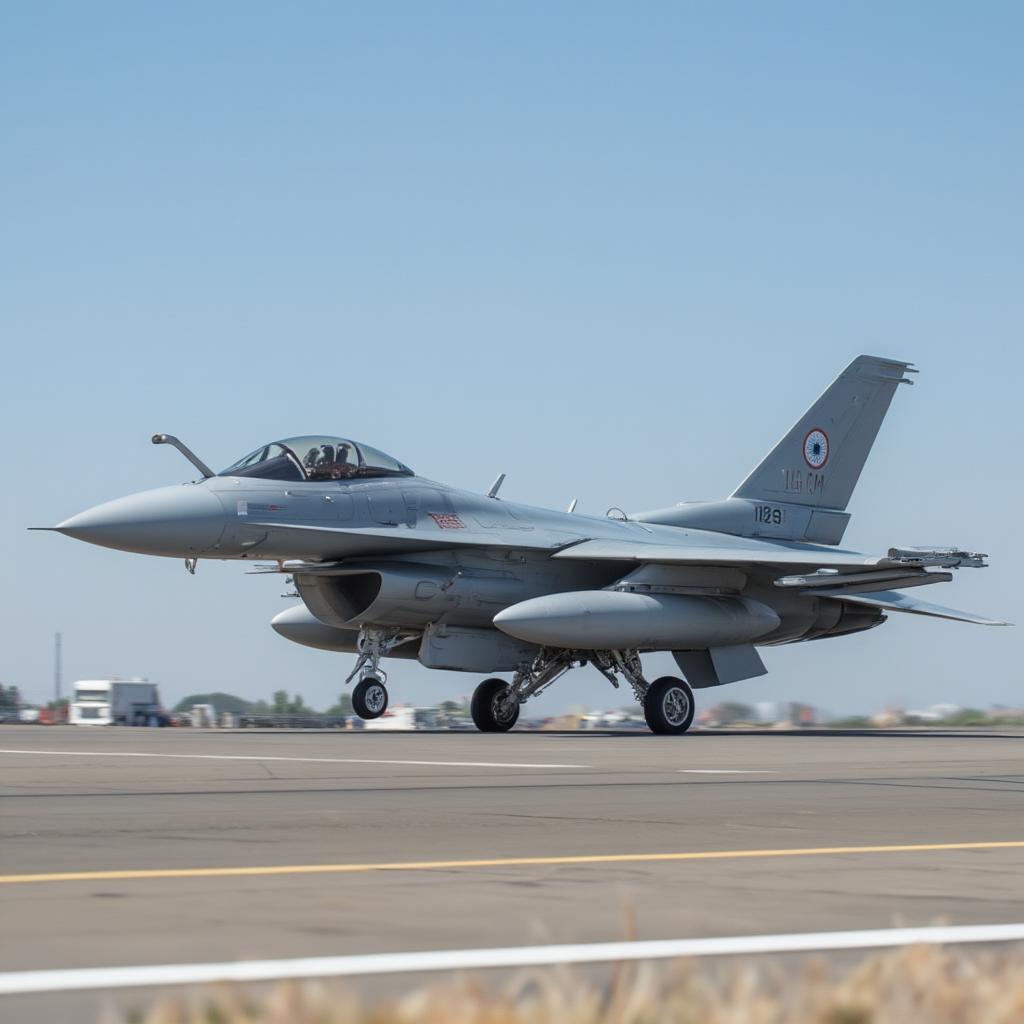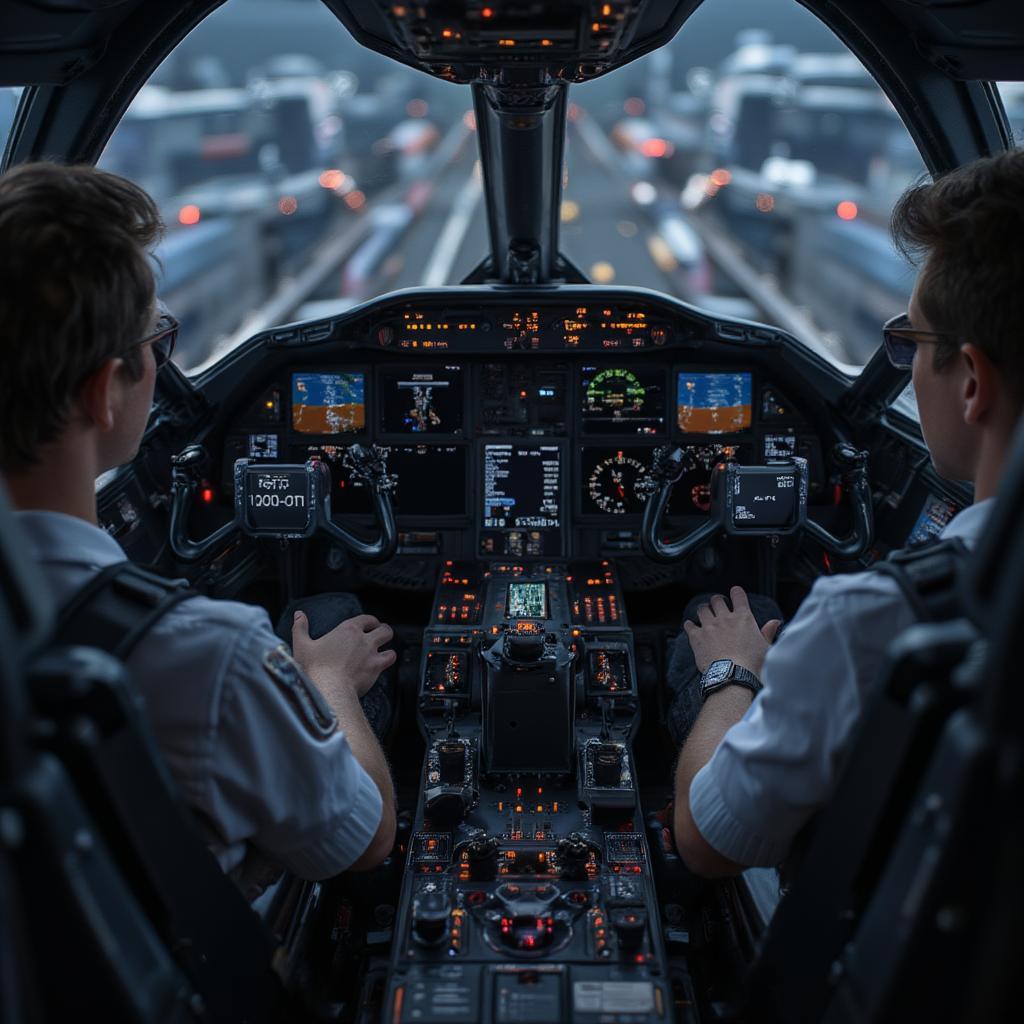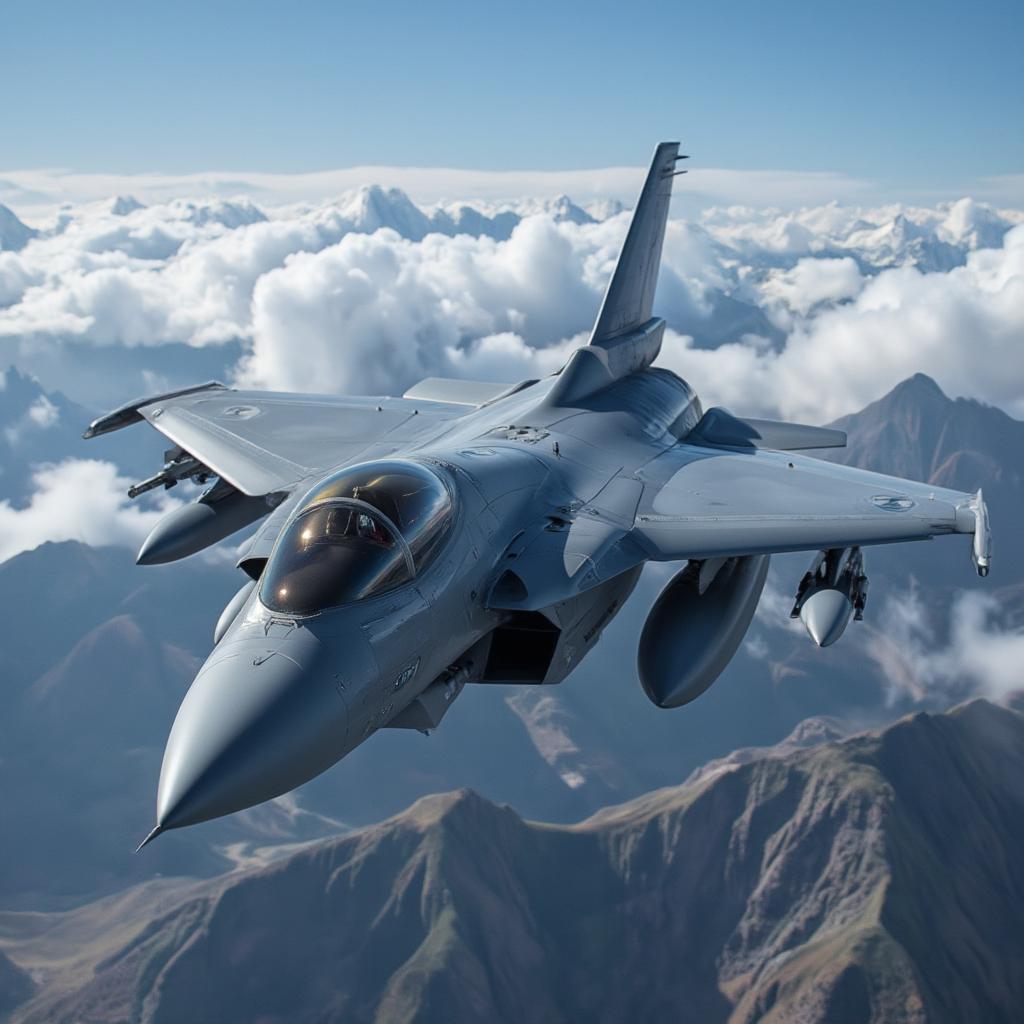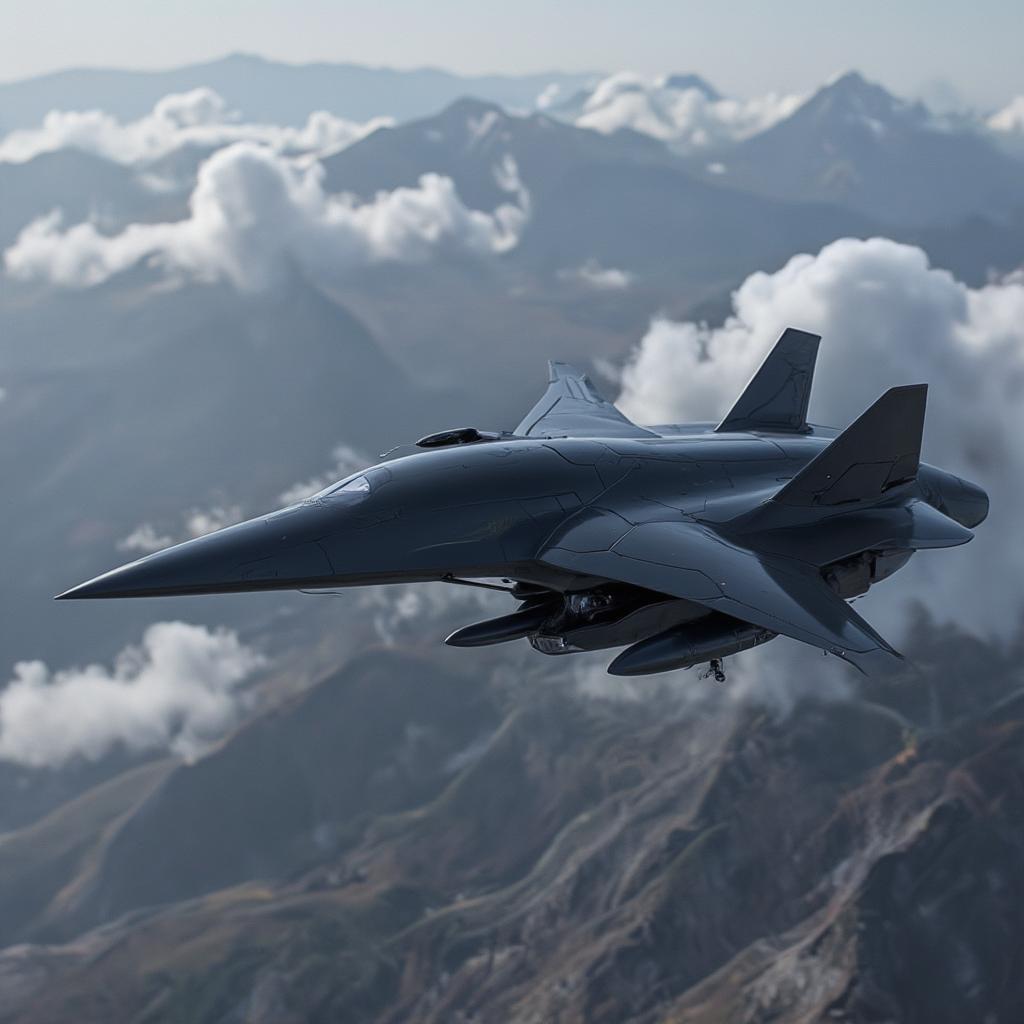Unveiling the Mustang P51 Top Speed: A Deep Dive into WWII’s Iconic Fighter
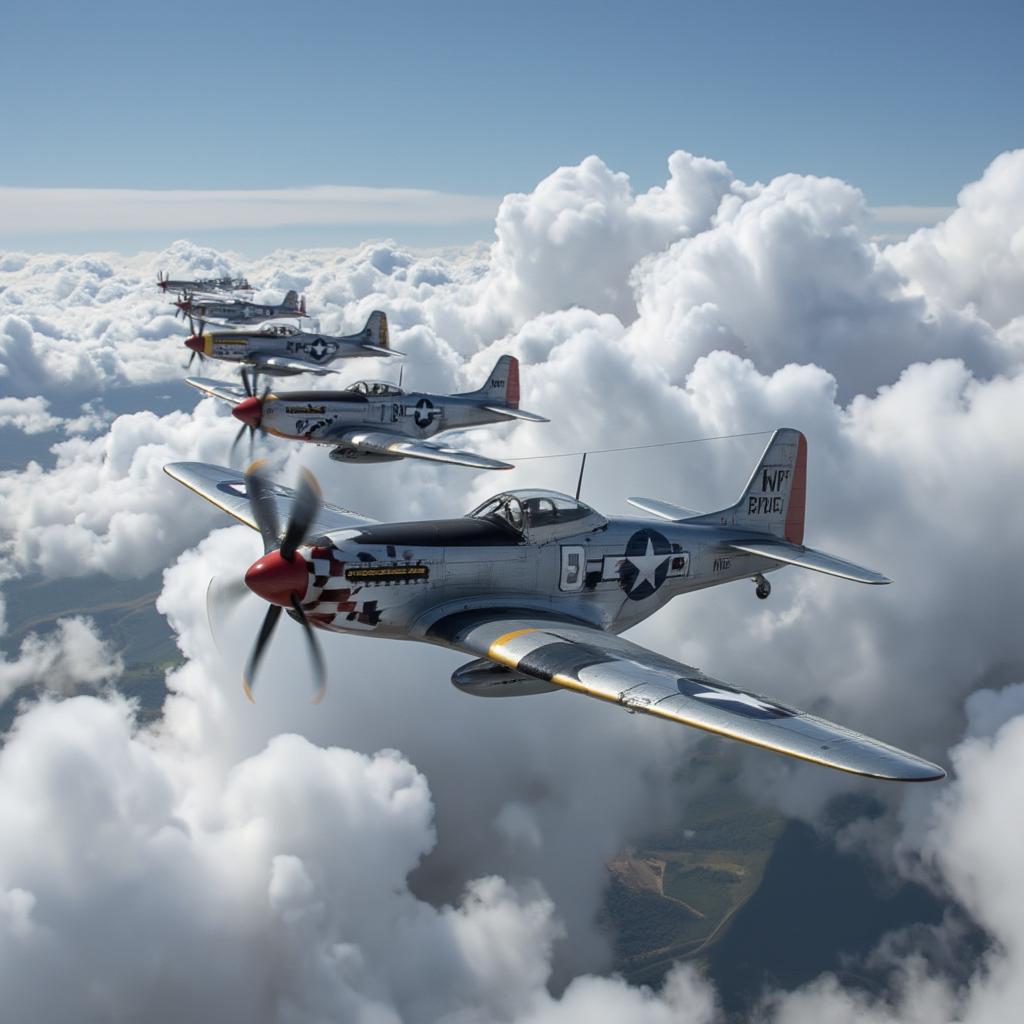
The North American P-51 Mustang, a name that resonates with aviation enthusiasts and history buffs alike, remains an icon of World War II airpower. Renowned for its speed, range, and agility, the Mustang played a pivotal role in securing Allied air superiority. But just how fast could this legendary fighter actually go? Let’s delve into the specifics of the mustang p51 top speed, exploring its performance capabilities, and the factors that contributed to its exceptional prowess.
The P-51 was not simply a fast plane; it was a carefully engineered machine that redefined the concept of a long-range escort fighter. Its impact on the war effort is undeniable, and its performance characteristics continue to be a point of fascination. It’s crucial to understand that its speed was not just a number but a function of its design, engine, and the strategic thinking behind its deployment. We will explore all of this and more in this analysis.
Decoding the Mustang’s Speed: Beyond the Numbers
When we talk about the mustang p51 top speed, we’re often looking at figures around 437 mph (703 km/h). However, this is not a static figure. The exact top speed varied depending on the specific variant of the P-51, the altitude at which it was flying, and the load it was carrying. The P-51D, one of the most widely produced variants, typically achieved its highest speeds at altitudes above 25,000 feet.
Factors like the type of engine used, such as the Packard V-1650 Merlin, a license-built version of the Rolls-Royce Merlin, significantly contributed to its speed. The Merlin’s supercharging system allowed the Mustang to maintain impressive power output even at high altitudes, a significant advantage over many of its contemporaries. Additionally, the aircraft’s laminar flow wing design reduced drag, further boosting its speed and efficiency. Let’s not forget the meticulous engineering behind the design that allowed the fighter to attain these remarkable speeds.
Key Factors Influencing the P-51’s Top Speed
Several key aspects converged to make the P-51 a formidable fighter.
- Engine Power: The Packard Merlin engine provided significant thrust, crucial for achieving high speeds and maintaining maneuverability.
- Aerodynamic Design: The laminar flow wing, carefully designed fuselage, and sleek lines minimized drag, enhancing overall speed.
- Altitude: The P-51’s performance improved significantly at higher altitudes due to the supercharging capabilities of the Merlin engine.
- Weight: The aircraft was relatively lightweight, which helped in accelerating quickly and reaching higher speeds faster.
- Variant Differences: Different P-51 models, such as the P-51B and P-51D, had minor variations in weight and engine specifications that affected their top speeds.
“The P-51’s speed was not a lucky accident,” states Dr. Alistair Hayes, a renowned aviation historian. “It was the result of careful engineering and a deep understanding of aerodynamics and engine technology. It wasn’t just fast; it was strategically fast, designed to fulfill specific operational needs.”
How Does the Mustang’s Speed Compare to Other Fighters?
When compared to other fighters of its era, the mustang p51 top speed was impressive, especially at high altitudes. Aircraft like the Messerschmitt Bf 109 and the Focke-Wulf Fw 190 were formidable opponents, yet the P-51 often held a slight edge in top speed, especially at higher altitudes, enabling it to catch and engage enemy aircraft more effectively.
- Messerschmitt Bf 109: Primarily operated at lower altitudes, making it less effective in engagements above 20,000 feet.
- Focke-Wulf Fw 190: A very capable aircraft, but it generally lacked the high-altitude performance and range of the P-51.
- Supermarine Spitfire: A great fighter but it was not designed for long-range missions like the P-51, and while some variants matched speed, overall the P-51 had a better top speed.
The range of the P-51 combined with its impressive mustang p51 top speed proved to be a lethal combination, particularly when escorting bombers deep into enemy territory. This combination of speed and endurance was a game-changer in the air war. You can compare its capabilities to modern fighters; however, even next generation fighter plane technology has to respect the innovation of the P-51.
The Strategic Significance of Speed: Beyond Just Numbers
The strategic implications of the mustang p51 top speed are immense. It wasn’t simply about outrunning enemy fighters; it was about intercepting them, engaging them effectively, and protecting vulnerable bomber formations. The Mustang’s ability to maintain high speeds at high altitudes allowed it to effectively escort bombers over vast distances, increasing the effectiveness of bombing campaigns and shortening the war.
Moreover, the speed of the P-51 allowed pilots more flexibility in engagements. They could dictate the terms of engagement more often and choose when to pursue or disengage from an attack. This agility gave allied pilots a significant advantage in air combat. The impact on the strategic war effort was undeniable; the P-51 became a symbol of allied air supremacy.

“The speed of the P-51 was not just for show, it was a crucial aspect of its operational effectiveness,” explains Major General (Ret.) Thomas Bradley, a former Air Force pilot and expert in military aviation. “It allowed us to not only get to the fight quickly but also to dictate the terms of the engagement. This made all the difference.”
The Role of the Mustang in the Allied Air War
- Long-Range Escort: Enabled bombers to reach targets deep into enemy territory, greatly impacting the war effort.
- Air Superiority: The Mustang’s speed and maneuverability helped the allies gain control of the skies over Europe.
- Strategic Impact: By limiting the Luftwaffe’s ability to disrupt bombing campaigns, the P-51 played a vital role in the Allied victory.
- Pilot Confidence: The aircraft’s superior performance boosted pilot morale and combat effectiveness.
- Evolution of Tactics: The P-51’s performance forced the Luftwaffe to adapt their strategies, often to their disadvantage.
Maintaining the P-51’s Speed: Innovation and Adaptation
The P-51’s speed wasn’t solely a product of its original design; continuous development and adaptation were also key. The aircraft underwent several upgrades throughout the war, each aimed at improving performance. Changes included refinements to the engine, changes to the aerodynamics, and even alterations to armament and other equipment.
The introduction of bubble canopies, for example, improved visibility for the pilots, indirectly enhancing their effectiveness. The Packard V-1650 engine itself was continuously being refined to offer better horsepower and reliability. Additionally, pilots played a role by adopting new tactics, such as energy fighting, which took full advantage of the Mustang’s speed and maneuverability. Much like playing jet fighter games ps5, you learn to use the plane’s strengths to maximum effect.
Technological Advancements: Keeping the P-51 at the Forefront
- Engine Improvements: Continuous refinement of the Merlin engine provided increased power and efficiency.
- Aerodynamic Tweaks: Small changes to the wing and fuselage design further reduced drag.
- Weight Reduction: Removing unnecessary components reduced weight and improved speed.
- Tactical Evolution: Pilots continuously adapted their fighting styles to best utilize the Mustang’s unique capabilities.
- Operational Lessons: Lessons learned from combat were incorporated into continuous improvements in the aircraft.
The Legacy of the Mustang’s Speed: Why It Still Matters
The mustang p51 top speed is not just a historical footnote; it’s a testament to engineering ingenuity and strategic brilliance. The lessons learned from the P-51’s design, performance, and deployment still resonate in modern aviation. The emphasis on aerodynamic efficiency, powerful engines, and the importance of multi-role capabilities continues to influence modern aircraft design.
The legacy of the Mustang, with its impressive speed, has transcended its military use, becoming a symbol of speed, performance, and American aviation prowess. It also shows the importance of adaptability, a lesson also apparent in games such as microsoft flight simulator 2020 fighter jet. Even today, the P-51 is celebrated and carefully preserved by collectors, museums, and aviation enthusiasts around the world.
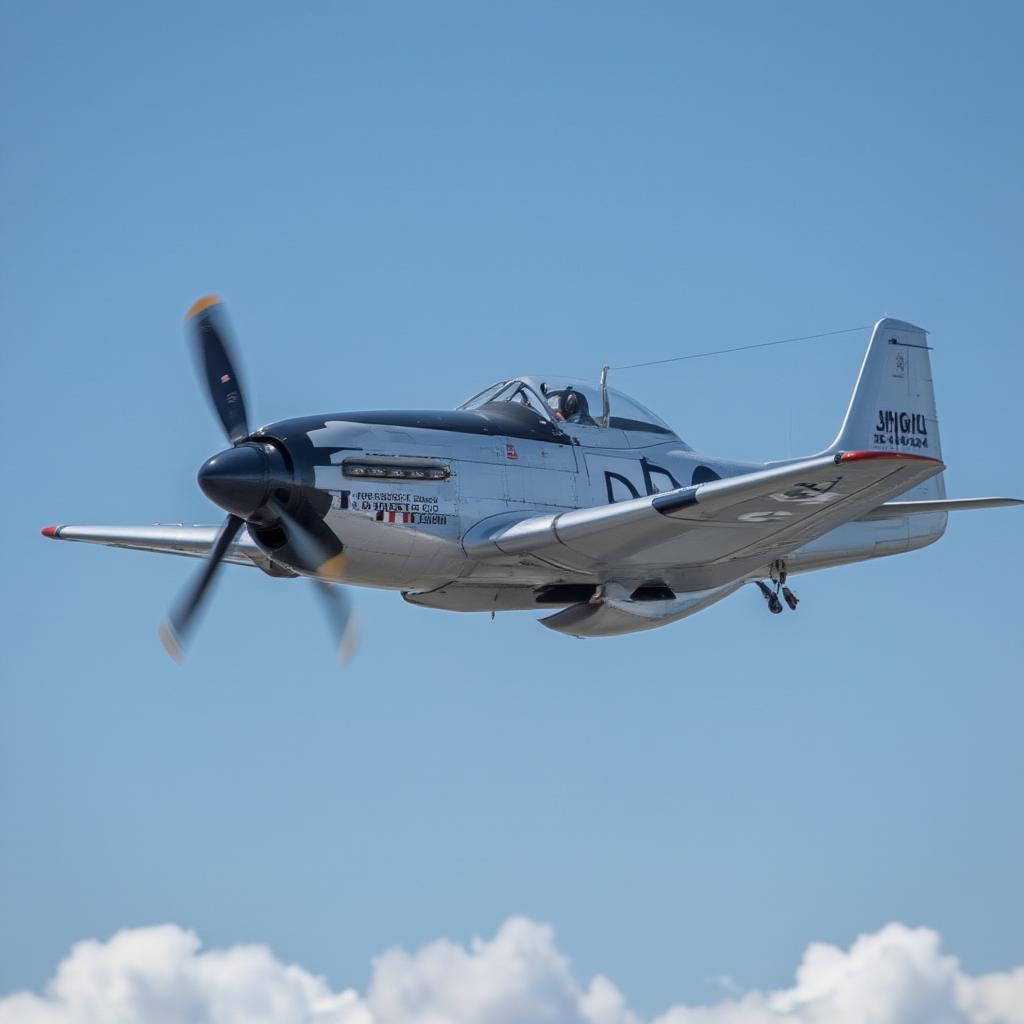
“The P-51 Mustang represents more than just speed,” observes Sarah Jenkins, a curator at the National Air and Space Museum. “It stands for innovation, strategic thinking, and the unwavering dedication to pushing the boundaries of aviation technology. Its influence continues to inspire us today.”
In conclusion, the mustang p51 top speed, while a specific number, represents a much larger story of technological innovation and strategic thinking. The P-51’s combination of speed, range, and agility made it a game-changer in World War II, and its legacy continues to influence aviation today. From its powerful engine to its laminar flow wing, every aspect of the Mustang was designed with precision and purpose. Understanding its performance characteristics offers insights into the pivotal role it played in history, influencing other aircraft like the eurofighter typhoon game and modern aerial combat. The Mustang will always be remembered as a true icon of aviation history.
Frequently Asked Questions about the Mustang P-51 Top Speed
Here are some common questions about the P-51 Mustang’s top speed.
-
What was the maximum speed of the P-51 Mustang?
The P-51 Mustang, particularly the P-51D variant, had a maximum speed of approximately 437 mph (703 km/h). However, this speed was often achieved at higher altitudes, around 25,000 feet, where the engine performed at its peak. -
How did the P-51 Mustang achieve such high speeds?
The P-51’s high speed was due to several factors. It utilized a powerful Packard Merlin engine that was designed to maintain power at high altitudes, coupled with its innovative laminar flow wing design that minimized drag. It also had a relatively lightweight construction. -
Did all variants of the P-51 Mustang have the same top speed?
No, various P-51 Mustang models had slightly different top speeds due to variations in engine type, weight, and aerodynamic tweaks. The P-51D, for example, was known to have a slightly higher top speed than earlier models. -
How did the P-51’s speed compare to other WWII fighters?
The P-51 Mustang was generally faster than most of its contemporaries, especially at high altitudes. Compared to the Bf 109 and Fw 190, the P-51 had the edge at high altitudes, allowing it to engage enemy aircraft more effectively. The spitfire was similar but lacked the range of the P-51. -
What impact did the Mustang’s speed have on its role as a bomber escort?
The P-51’s high speed was crucial for its role as a long-range bomber escort. It allowed the Mustang to keep up with the bomber formations, reach deep into enemy territory, engage enemy fighters, and provide necessary protection. -
Was the speed of the P-51 important for air-to-air combat?
Absolutely. The mustang p51 top speed provided a tactical advantage in air-to-air combat. The speed allowed P-51 pilots to dictate the terms of engagement, maneuver more effectively, and disengage from unfavourable situations when necessary. -
What technological advancements helped increase the speed of the P-51?
Throughout its production and deployment, many engine improvements and aerodynamic tweaks were introduced to boost the Mustang’s speed. The continuous refinement of the Packard Merlin engine, modifications to the wing and fuselage, as well as pilot tactics all played a significant role. -
Are there any modern applications of the technologies used in the P-51?
Yes. The P-51 served as an inspiration for modern aerodynamic designs, and engineering for high-speed performance. Its legacy can be seen in modern aerospace engineering, particularly in the quest to create more efficient and powerful aircraft and you may see some similarities in games like joint strike fighter game download.

